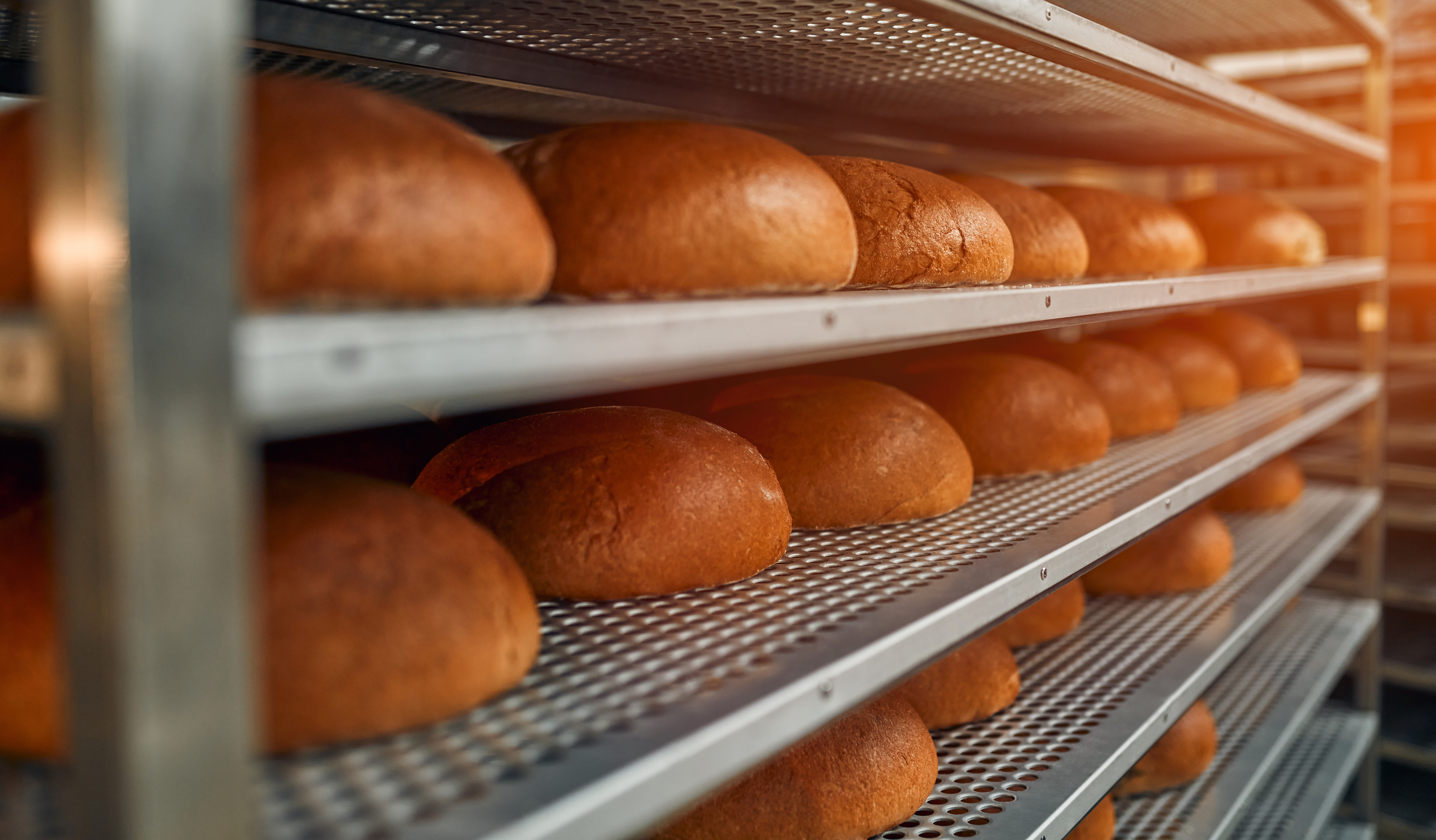The Importance of Food Safety in Storage and Distribution Facilities: Safeguarding Consumer Health, Ensuring Compliance, and Preserving Product Integrity
Food safety is crucial for storage and distribution facilities for various reasons:
Protecting consumer health: Ensuring food safety during storage and distribution is essential to protect consumers from foodborne illnesses. Improper handling, storage, or transportation practices can lead to the growth of pathogens, contamination, or deterioration of food products, which can cause severe health risks when consumed.
Legal and regulatory compliance: Compliance with food safety regulations is a legal requirement in most countries. Storage and distribution facilities must adhere to specific standards and guidelines to maintain compliance, avoid penalties, and demonstrate their commitment to public health.
Preserving product quality and integrity: Proper storage and distribution practices help preserve food products' quality, freshness, and integrity. Maintaining appropriate temperature, humidity, and sanitary conditions can prevent spoilage, flavor degradation, and physical damage, ensuring that consumers receive safe and satisfactory products.
Minimizing product waste: Effective food safety measures in storage and distribution facilities help minimize product waste. By preventing contamination, spoilage, or damage to food products, businesses can reduce the need for disposal and minimize financial losses associated with discarded inventory.
Protecting brand reputation: Food safety incidents can have severe consequences for a company's reputation. Cases of foodborne illnesses or product recalls due to safety concerns can lead to public distrust, negative publicity, and significant damage to the brand's image. By prioritizing food safety, storage, and distribution facilities can safeguard their reputation and maintain consumer confidence.
Meeting customer expectations: Consumers increasingly prioritize food safety when making purchasing decisions. Storage and distribution facilities that can demonstrate robust food safety practices are more likely to attract and retain customers who value safe and high-quality products. Meeting customer expectations in terms of food safety can contribute to long-term business success.
Regulatory audits and inspections: Storage and distribution facilities are subject to regular audits and inspections by regulatory authorities and customers. Compliance with food safety standards is necessary to pass these assessments successfully, maintain necessary certifications, and continue operating without disruptions.
Supply chain requirements: Many retailers, distributors, and food service providers have their own food safety standards that suppliers must meet. Adhering to these requirements is crucial for storage and distribution facilities to establish and maintain partnerships within the supply chain.
In summary, food safety in storage and distribution facilities is vital for protecting consumer health, complying with regulations, preserving product quality, minimizing waste, safeguarding brand reputation, meeting customer expectations, passing audits, and meeting supply chain requirements. By prioritizing food safety, these facilities can ensure food products' safe and efficient movement from the source to the consumer.
The SQF (Safe Quality Food) Food Safety Storage and Distribution Code is a comprehensive set of standards and guidelines developed by the Safe Quality Food Institute (SQFI). The code covers various aspects of food safety, including storage and distribution.
Enhanced food safety culture: The SQF Food Safety Code emphasizes the importance of developing a strong food safety culture within your organization. It encourages employee training, awareness, and accountability, fostering a proactive approach to maintaining food safety during storage and distribution activities.
Reputation and market access: Implementing the SQF Food Safety Code demonstrates your commitment to food safety, which can enhance your organization's reputation. It can also improve market access, as many retailers, food service providers, and consumers prefer working with suppliers who adhere to recognized food safety standards.
Continuous improvement: The SQF Food Safety Code promotes a culture of continuous improvement by requiring regular assessments, reviews, and updates of food safety practices. This helps you identify areas for improvement in your storage and distribution processes, ensuring that you stay up to date with evolving best practices and industry standards.
Supply chain integration: The SQF Food Safety Code encourages collaboration and transparency among supply chain partners. By adopting the code, you can establish a common language and set of expectations regarding storage and distribution practices, facilitating smoother interactions and information sharing with suppliers, distributors, and customers.
Overall, utilizing the SQF Food Safety Code for storage and distribution can provide numerous advantages, including regulatory compliance, risk reduction, standardized practices, enhanced food safety culture, improved reputation, market access, continuous improvement, and better integration within the supply chain.
Recent Blog Posts
The FMI Foundation, in partnership with SQFI, awarded 19 scholarships from 152 applications for the 2025-2026 Food Safety Auditing Scholarship program.
Private brands in the grocery industry are experiencing significant growth, evolving from budget alternatives to strategic assets that drive customer loyalty and distinguish retailers.
Recall prevention means embedding food safety throughout your operations so those failures never reach the customer.




